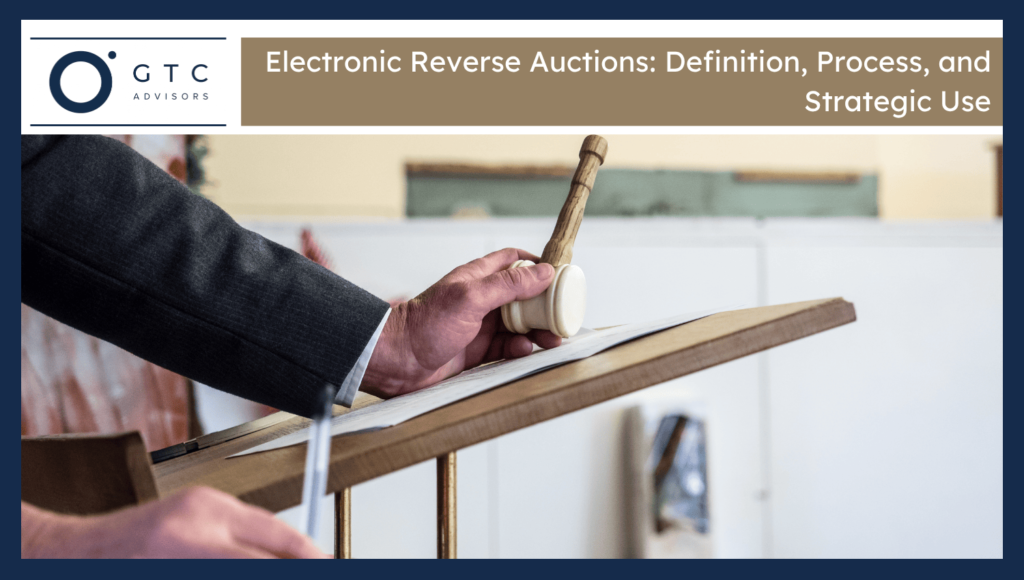An electronic reverse auction is an online procurement technique whereby suppliers enter a contest to bid on an item at a low price. When a traditional auction is being undertaken, the buyers are expected to bid higher; while in a reverse auction, the buyers are expected to reduce the price of their goods to win. Purchasing customers define their needs, and the suppliers pre-selected register their offers in real time on an online platform. It is a more transparent, competitive way and can achieve considerable cost savings. It is common when it comes to standard goods or services, where price is an important factor in the selection of the supplier.
How Does an Electronic Reverse Auction Work?
The following are the five ways that show how an electronic reverse auction works:
- Buyer Requirements Setup: The purchasing organisation clarifies the needs of the product or service, technical specificities, delivery conditions and assessment methods. It makes suppliers know what they are contracted to provide clearly.
- Supplier Prequalification: Suppliers are evaluated using factors including financial stability, previous performance, authorisation, and capacity. It only invites those who qualify to the auction, which improves the quality of bids.
- Auction Configuration: The auction site is designed with regulations which include the type of auction, minimum increment (amount), time limit, and even whether bids are visible or not.
- Auction Execution: Vendors obtain access to the online portal, log in and make competing bids in real time. They keep on bidding up or down to provide the best deal, which generally reduces prices.
- Auction Closure & Award: When the auction is over, the system detects the lowest bid. Bids are checked by the purchaser to make sure they meet the requirements. When this has been satisfactorily achieved, the contract goes to the supplier.
What Are the Types of Electronic Reverse Auctions?
The following are the 8 common types of electronic reverse auctions:
- Ranked Auction: A ranked auction shows the position of a supplier according to their bid, but does not show the bid value. It promotes competitive bidding by allowing suppliers to gain a higher ranking without disclosing sensitive pricing information. This format is used by buyers who wish to drive competition under confidentiality.
- Open Auction: Open auction gives the opportunity to see the current lowest bid, in real-time, by all the suppliers. This open format puts more pressure on the suppliers to reduce prices on short notice. It is applicable in making price-based procurements that have little variation in quality.
- Sealed-Bid Reverse Auction: A sealed-bid auction is one in which all the suppliers make single bids but cannot see the bidding of others. A bidder’s identity is kept secret until the end of an auction. This structure is appropriate for expensive or confidential purchases where equity and confidentiality matter.
- Dutch Reverse Auction: A Dutch auction begins with a high offer price, and the offer price is decreased until a supplier accepts. The one who accepts the price first wins. It is speedy, efficient and minimises time-wasting bidding. The procurement is necessary for an urgent or simple procurement.
- Japanese Reverse Auction: The price in this auction decreases in regular increments. At every stage, suppliers reconfirm participation. When the price is too low, suppliers drop out. When only one supplier has been left, the stage is over, which is best to narrow the number of serious bidders.
- Multi-Attribute Reverse Auction: This auction contains several judgment criteria like delivery, warranty or service quality. Vendors do not compete based on low cost, but on the overall value. It is strategic sourcing by buyers who are not just concerned about cost.
- Weighted Reverse Auction: In a weighted auction, bids have individual scores based on a formula, where criteria are weighted. The supplier with the best scores is declared a winner. It assists the purchaser to measure price against service, quality or other factors.
- Slot-Based Reverse Auction: A slot-based auction breaks a contract down into pieces or regions (“slots”) for which different suppliers can compete with each other. Several winners can be chosen. It enables purchasers to support broader coverage of suppliers and addresses regional or task-oriented requirements.
How to Ensure Fairness and Success in Reverse Auctions?
Below are six main actions that support fair and transparent reverse auction outcomes:
- Define Clear Specs: The first step is to come up with clear specifications. Bidders specify detailed product or service specifications to minimise confusion and give an opportunity to bid fairly.
- Train Suppliers: Provide suppliers with tips and advice on using the auction platform. Training makes everyone on the same level with regard to understanding the process.
- Check Compliance: Make sure that the auction conduct is under the law and the procurement criteria. It allows for avoiding bias or procedure violations.
- Apply Ethical Oversight: Monitor the auction activity to look at unethical behaviour like conspiracy or fake bids. Ethical control is responsible and fair.
- Use Prequalified Vendors: Suppliers with minimum criteria of eligibility may be invited. It prevents quality and problems during or after the auction.
- Ensure Platform Transparency: Select the platforms that record the activity and display real-time information, and ensure that supplier data is secured. Responsibility and trust are enhanced when there is transparency.
When Should You Use Electronic Reverse Auctions?
Electronic reverse auctions are best used for standardised goods or services in high volume and with repeat demand. They are applicable wherever there are many interested suppliers and competitive markets. When items are well defined and competition between suppliers is extreme, this method brings cost savings and transparency. It can be applied to such categories as office supplies, IT equipment, or regular maintenance services.

George C. Tagg, Jr.
George serves as a trusted counsel to business leaders, non-profit executives, and management teams. George is a licensed attorney with a master’s in international affairs and over 20 years’ experience in the U.S. Congress, Department of State, Department of Defense, global public policy, and political campaigns.


